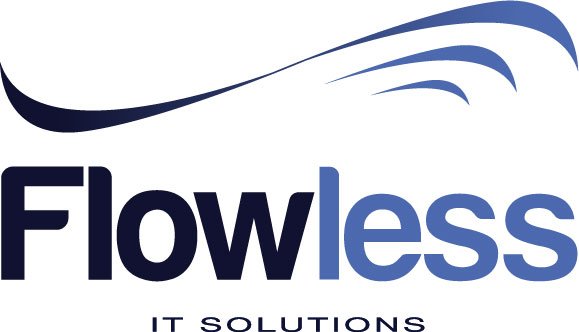The 15-minute FOTO was introduced to generate effective and implementable solutions to certain obstacles within a time span of 15 minutes. It is no wonder that we tend to generalize solutions for certain problems, and a majority of the time, these outcomes are oversimplified to other people’s problems. The interference of generalization could be highly ineffective in generating solutions for deeper issues and collaborating together to induce a suitable outcome for countering the situation. We often tend to express our disagreement over an issue, and we are conflicted regarding disclosing a proper solution to a problem.
The 15-minute FOTO was introduced as an implementable tool which is employed by workshops that excel in Agile Software Management (IT). FOTO is an acronym for ‘From Obstacles to Outcomes’, and it allocated a time span of 15 minutes to generate a pool of outcomes for a specific problem. It involves scribing questions on a cue card to derive outcomes for a problem.
It is highly imperative to understand the components, which consist of an obstacle, an outcome, and a solution. An obstacle refers to a problem, which requires being tackles by applying an outcome to derive a solution to the problem. An outcome is known as a new situation or behavior, which is geared towards generating a solution, alternatively known as a particular way of approaching a problem.
Before indulging in the game, you should take some time out to demonstrate the workability of the game by taking few of your examples into consideration. Then, you should proceed further with practicing on a sample obstacle prescribed on your list. Next, you should predetermine an expectation which is geared towards generating a pool of positive of outcomes in the given 15 minutes.
In the next step, you can consider assembling the outcomes in a number of ways. You can implement a short-term, medium-term, and a long-term approach to organize the outcomes. Alternatively, you can implement the Cynefin four-point contextualization exercise to systematize the generated outcomes. Or, you can also employ a story mapping and impact mapping approach to arrange the outcomes in a systematic approach. You can also discuss with your team members to devise better problems for the given problem to complete a round of the game.
— Slimane Zouggari
